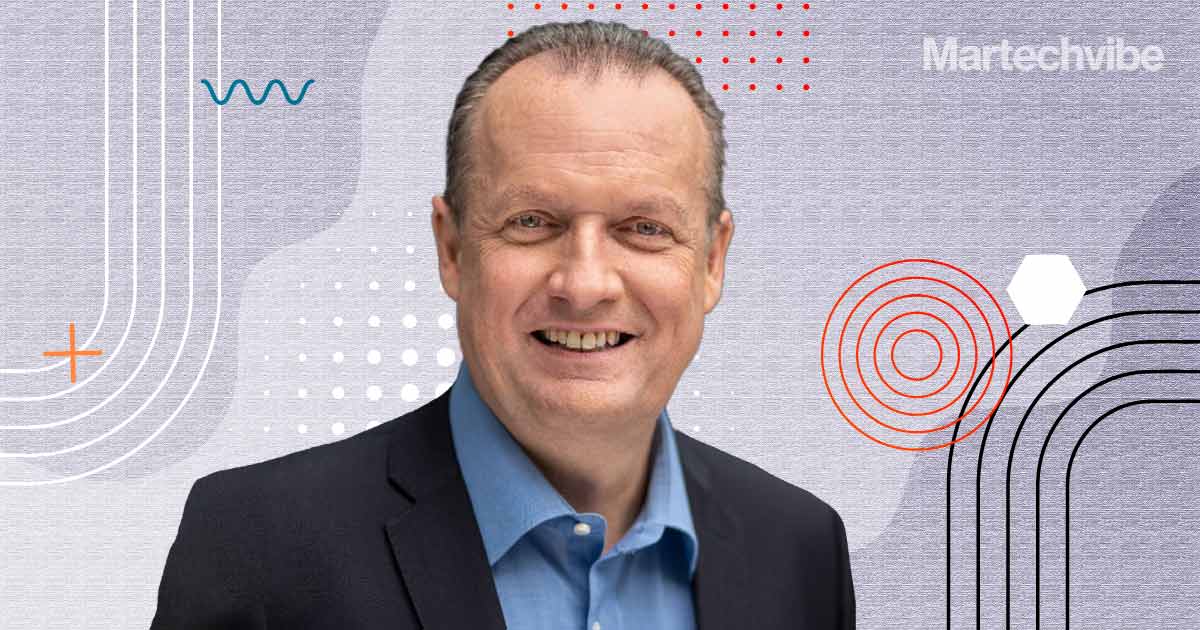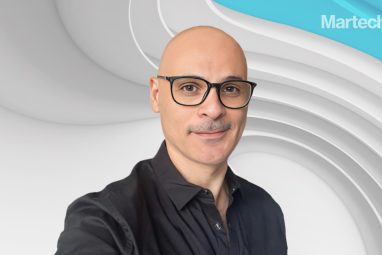Embed A Culture Of ‘You Said, We Did’
Research consistently tells us that earning customer loyalty is about understanding, designing and then persistently delivering an end-to-end experience that meets both the rational and emotional needs of customers, reiterates Andrew Clayton, Group Head of CX, Close Brothers.











































































































